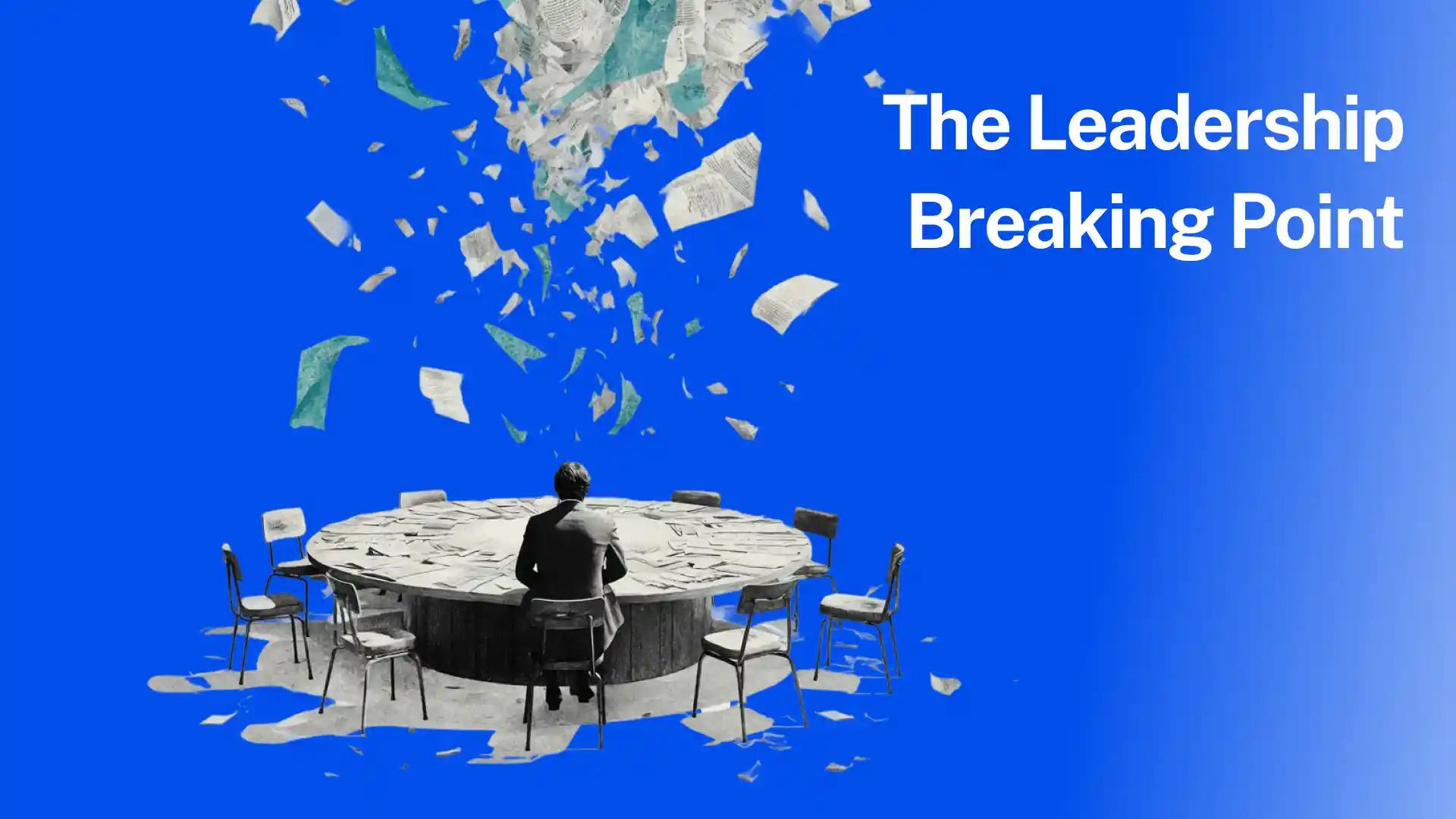

Hi {{ subscriber.first_name | strip | default: "Partner" }},
This week: Leadership Under Pressure
As AI handles more writing, analysis, and ideation, Dr. Tracy Brower highlights a deeper shift: leaders must navigate an identity rethink, build positive realism, and foster dimensionality in their teams. The most valued talents are no longer just productive, but emotionally intelligent, trusted to co-create AI adoption, and grounded in purpose beyond titles.
We also dive into:
- Proximity Shapes Team Dynamics: Phil Kirschner shows how physical and digital distance impacts collaboration and how HR, IT, and Real Estate can redesign for connection.
- Say It Aloud to Clear Focus: Chris Dyer uses a loop-parking ritual to reduce mental clutter and reclaim attention for what matters now.
- Burnout Comes from Chaos, Not Effort: Brian Elliott reveals how misalignment, overload, and stalled growth drive top talent to leave.
- Engagement Drops as Trust Erodes: Gallup reports a $2 trillion cost from disengagement and highlights leadership clarity as the antidote.
- Courage Happens in Small Moments: HBR outlines six everyday courage types that build trust, safety, and bold thinking at work.
Let’s get into it 👇
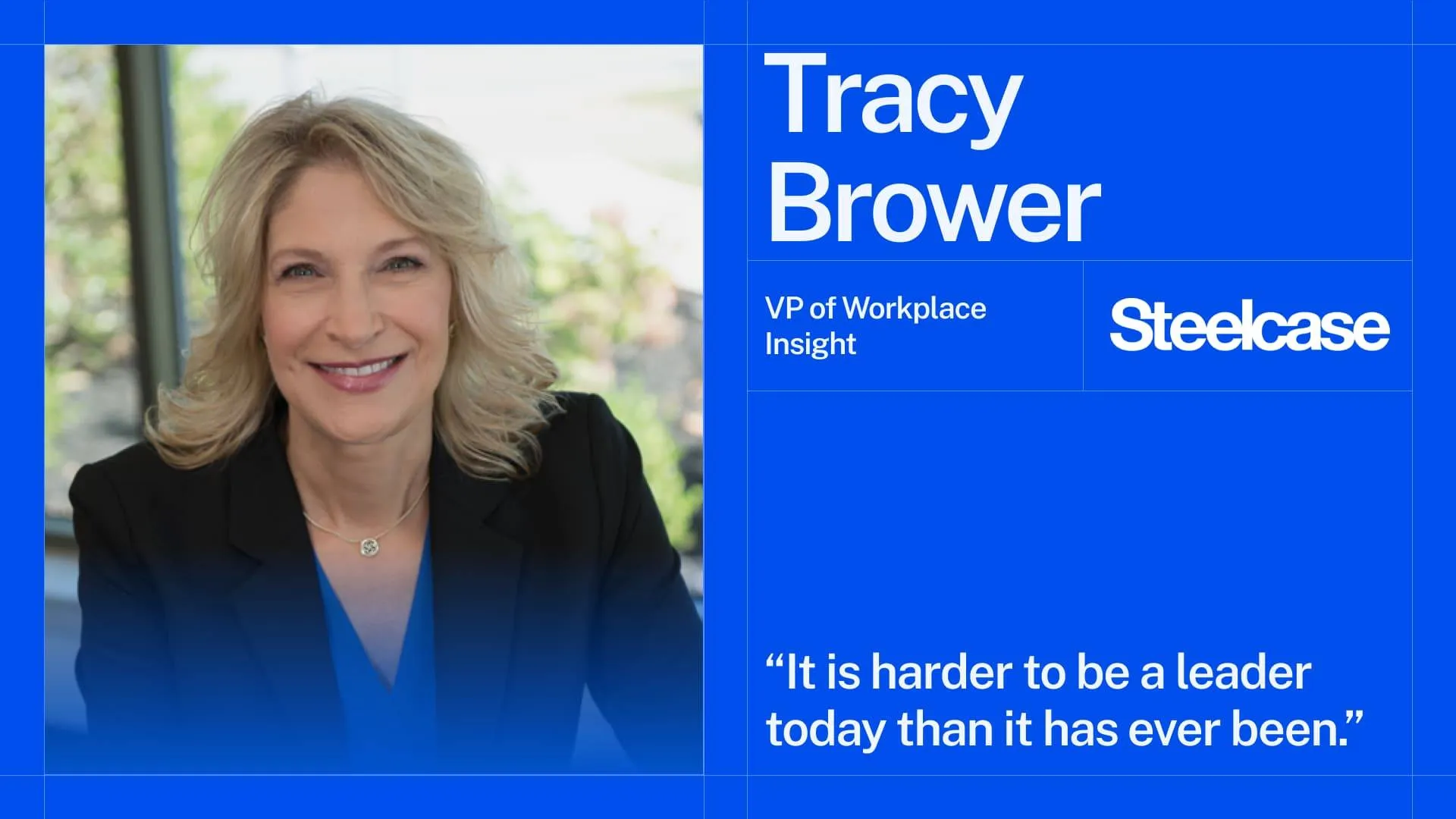
As AI tools handle more tasks—writing reports, answering questions, generating ideas—our understanding of human value at work is shifting. In this timely conversation, Dr. Tracy Brower, VP of Workplace Insights at Steelcase, explores how AI is changing the way we lead, work, and grow.
Top talent today is defined by more than productivity. Tracy highlights the importance of relevance, emotional intelligence, and the ability to shape how AI is used inside organizations. The people who thrive are those who explore, experiment, and stay grounded in human judgment. Companies that want to retain them must offer freedom, trust, and early involvement in meaningful work.
Tracy shares her concept of an "identity rethink", where value comes not just from job titles, but from a broader sense of purpose across life. Alexandra Samuel supports this view, reflecting on how working with AI creates space to rethink goals, values, and priorities. Tracy’s idea of “dimensionality” invites us to see people as more than their roles.
Trust has become a design challenge. It requires transparency, communication, and real connection. Culture also lives in tension: balancing direction and autonomy, speed and reflection, outcomes and empathy. Tracy points to managers as culture carriers, shaping how workplaces feel through feedback and presence.
Leadership pressure is increasing. Many are stepping back, while younger generations hesitate to step forward. Tracy encourages mentorship, peer support, and development programs rooted in real-world challenges.
The key takeaway? Future-ready organizations invest not just in AI adoption, but in people. They build environments where talent feels seen, safe, and valued, with space to grow alongside technology.
Your Friday Briefing on the Future of Work
Future Work delivers research-backed insights, expert takes, and practical prompts—helping you and your team capture what matters, build critical skills, and grow into a future-ready force.
Get all-in-one coverage of AI, leadership, middle management, upskilling, DEI, geopolitics, and more.
Unsubscribe anytime. No spam guaranteed.
🚀 Serious leaders in 2025 aren’t just “learning AI”, they’re building custom AI solutions that wipe out busy-work.
During our 3-week bootcamp, more than 1,000 leaders have gone from zero to confidently designing end-to-end, AI-powered workflows that save hours and amplify impact.
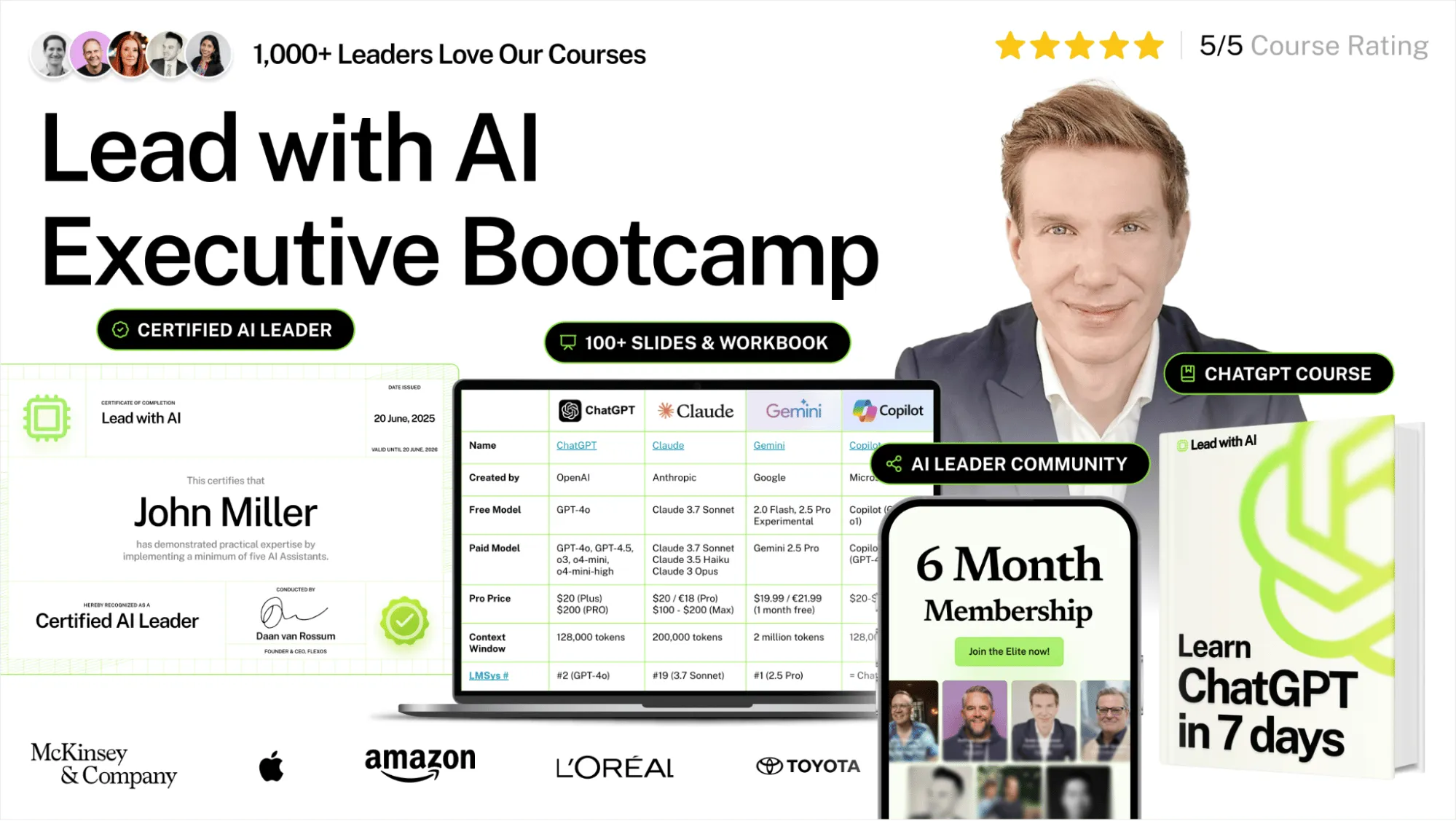
Why Lead with AI Bootcamp Beats a Typical “Course”
- Build-first approach: By the end of Week 1 you’ll grasp AI fundamentals and lock in a high-value use case to solve with AI.
- Hands-on & personalized: You’ll work one-on-one with me to craft AI solutions tailored to your role.
- Real-world output: Graduate with production-ready assistants, and the skills to keep iterating as your responsibilities evolve.
Within 3 weeks, walk away with fully personalized AI assistants plus an AI Leader Certification to prove your edge.
Reserve your seat for the August 22 or October 3 cohort today!
I keep a close eye on what Future Work Experts are thinking, saying, and questioning. I break down the key conversations and brainstorm practical steps we can take to move forward.
This week:
WORKPLACE PROXEMICS

Phil Kirschner: Connection Is a Design Choice
- Proxemics explains how physical, digital, cultural, and situational distances shape workplace connection and collaboration.
- Research shows that engineered “collisions”—like stair placement or Slack channel design—can boost innovation and team bonding.
- HR, IT, and Real Estate must collaborate using proxemic frameworks to shape environments—both online and offline—that support meaningful work and reduce misalignment between teams.
📝 Prompt: Pick one team that feels disconnected. Adjust either their physical layout or digital channel structure for four weeks, then assess the change in interaction quality.
EMPLOYEE CENTRICITY & GENAI
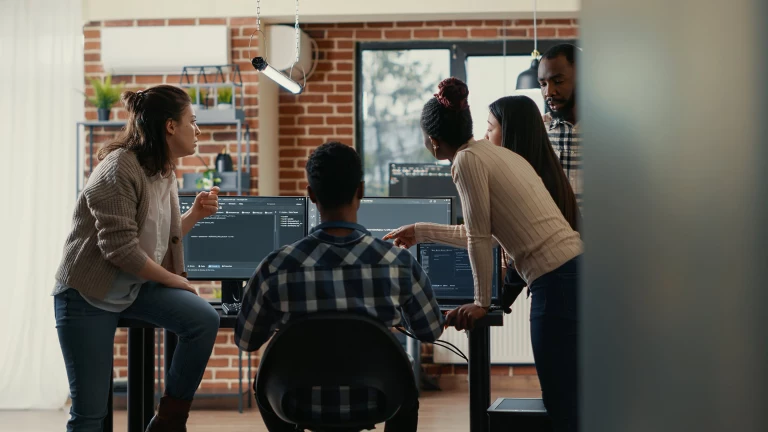
BCG Deborah Lovich et al: Make AI Work Enjoyable
- Radical employee centricity—treating employees as key value drivers—is essential for successful GenAI adoption.
- BCG identifies three enablers: design AI to make work more enjoyable, engage employees early, and protect time for learning.
- In trials, manager enthusiasm and co-creation doubled adoption; emotional needs like feeling respected and valued beat compensation as retention drivers.
📝 Prompt: Audit your rollout plan: Does it include space for employee-led testing, manager role modeling, and temporary shifts in KPIs to enable GenAI exploration?
MENTAL CLARITY
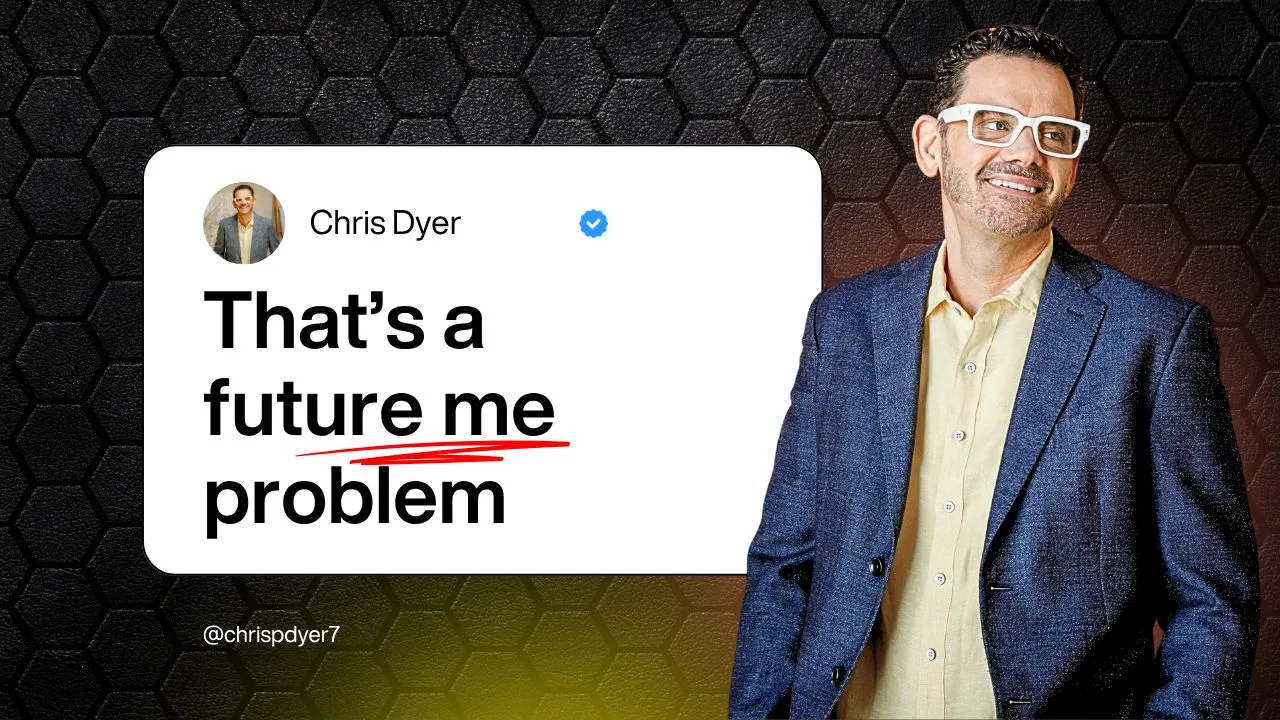
Chris Dyer: “That’s a Future Me Problem”
- Chris Dyer uses the phrase “That’s a future me problem” to defuse stress and sharpen focus in the present moment.
- His 5-minute loop-parking ritual includes writing tasks down, filing them with a date, and labeling aloud to release mental pressure.
- Based on the Zeigarnik effect, closing mental loops by parking them properly improves decision-making and creative capacity.
📝 Prompt: Before switching tasks, name one worry and park it. Say aloud, “Future me owns this,” then refocus on what matters most today.
👉 Read the post to learn a fast, effective way to reduce cognitive overload.
🔥 QUICK HITS:
(TEAM BURNOUT) Brian Elliott: Why Your Best People Quit
- Burnout often comes from lack of clarity, scattered priorities, and stalled learning rather than workload alone. People feel lost when effort leads nowhere.
- Brian Elliott shares a simple diagnostic to uncover root causes using three checks: alignment on goals, overload from competing demands, and lack of growth.
- Leaders who focus on clarity, priority discipline, and stretch opportunities create teams that stay resilient through uncertainty and pressure.
📝 Prompt: Ask three team members privately: “What are our top three priorities right now?” Compare answers. Do they align? If not, start there.
📚 Read the full piece to run the burnout check and keep your top talent from quietly walking out.
(EMPATHY) Anna Tavis: When Machines Care More Than Humans
- As AI tools grow softer, embedding reflection, empathy, and care, tech workplaces grow harder, shedding soft skills and humane cultures.
- This paradox raises a future-of-leadership dilemma: if AI offers emotional support, will human managers offload empathy to machines?
- The shift questions whether organizations still value empathy, even as they build it into products, prompting a reevaluation of HR, coaching, and leadership in the AI era.
📝 Prompt: Next time you use an AI tool that reminds you to pause or reflect, stop for a moment, then ask yourself: when was the last time a human at work did the same? Let that guide how you show up this week.
(AI LAYOFFS) Josh Bersin: Behind the Layoff Headlines
- Many CEOs now celebrate layoffs as stock prices rise, but AI budgets are surging before productivity gains appear—21% of large firms spend over $10M on AI agents (EY).
- Layoffs are not just about automation—they’re insurance against slowdown, and often reflect budget shifts from labor to capital.
- Bersin’s latest research shows strategic AI projects outperform broad self-directed efforts. Companies must rethink layoff narratives, considering culture, brand, and long-term value.
📝 Prompt: Before praising cost-cutting wins, ask: How are we protecting long-term culture, brand equity, and talent trust as AI scales?
👉 Listen to the podcast for deeper insight into what AI-driven workforce change really demands.
I track what’s worth your attention—bringing you the news and updates that matter most to how we work, lead, and grow.
This week:
EMPLOYEE ENGAGEMENT
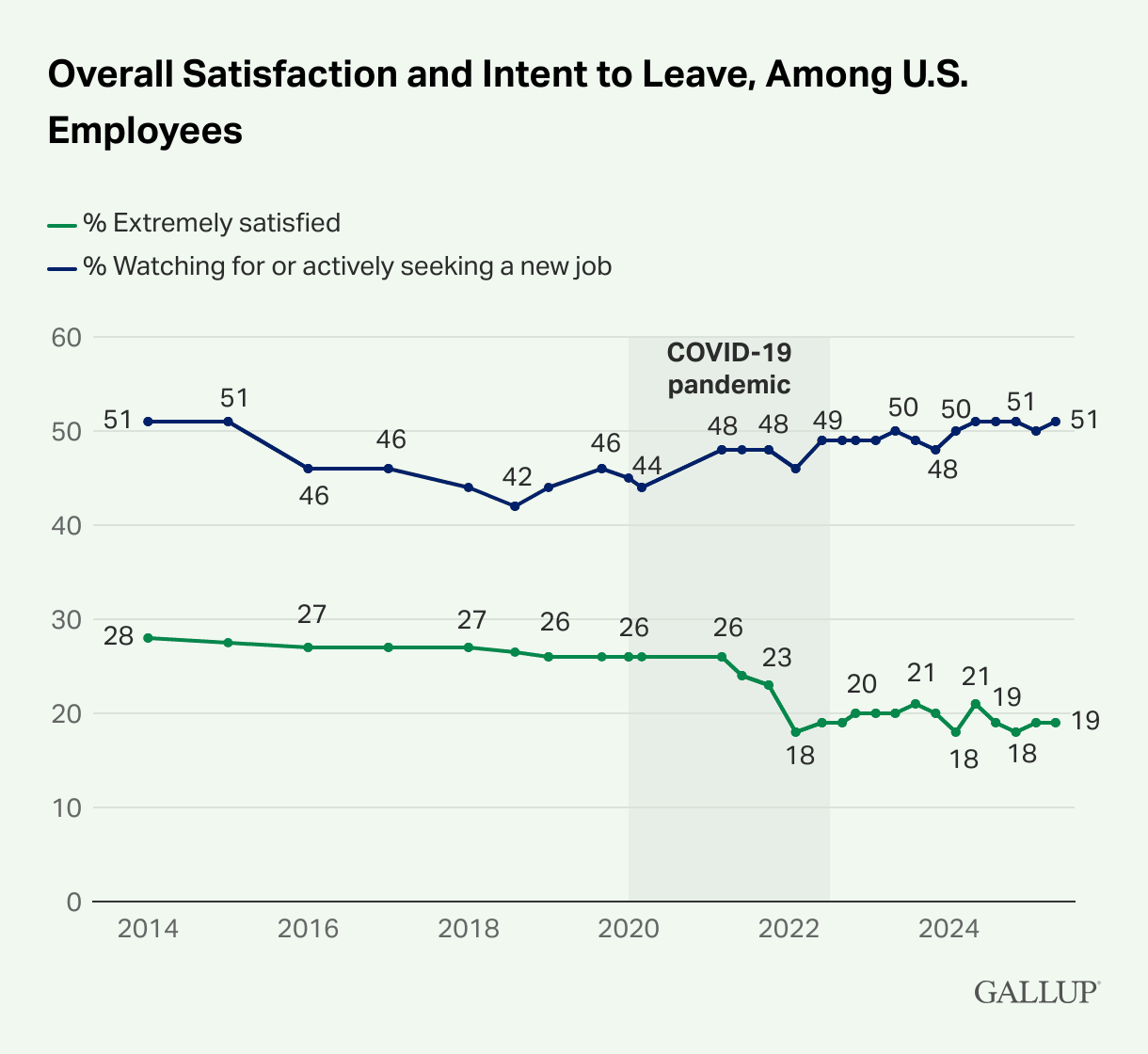
Gallup: Fixing Engagement Starts With Leadership
- Only 32% of U.S. employees feel engaged in mid-2025. Gallup identifies four causes: weak culture, lack of transparency, underinvestment, and poor performance management. Disengagement now costs the U.S. economy $2 trillion in lost productivity.
- Younger and remote workers feel the biggest disconnect, with only 19% highly satisfied and 51% seeking other jobs.
- Leaders struggle with outdated systems, rising complexity, and inconsistent communication. Hope, defined as clarity and coaching, is Gallup’s top predictor of engagement success.
📝 Prompt: Ask your managers to review how often they give feedback, align roles to purpose, and communicate direction. Then, commit to one new weekly ritual that strengthens team connection.
TALENT INNOVATION
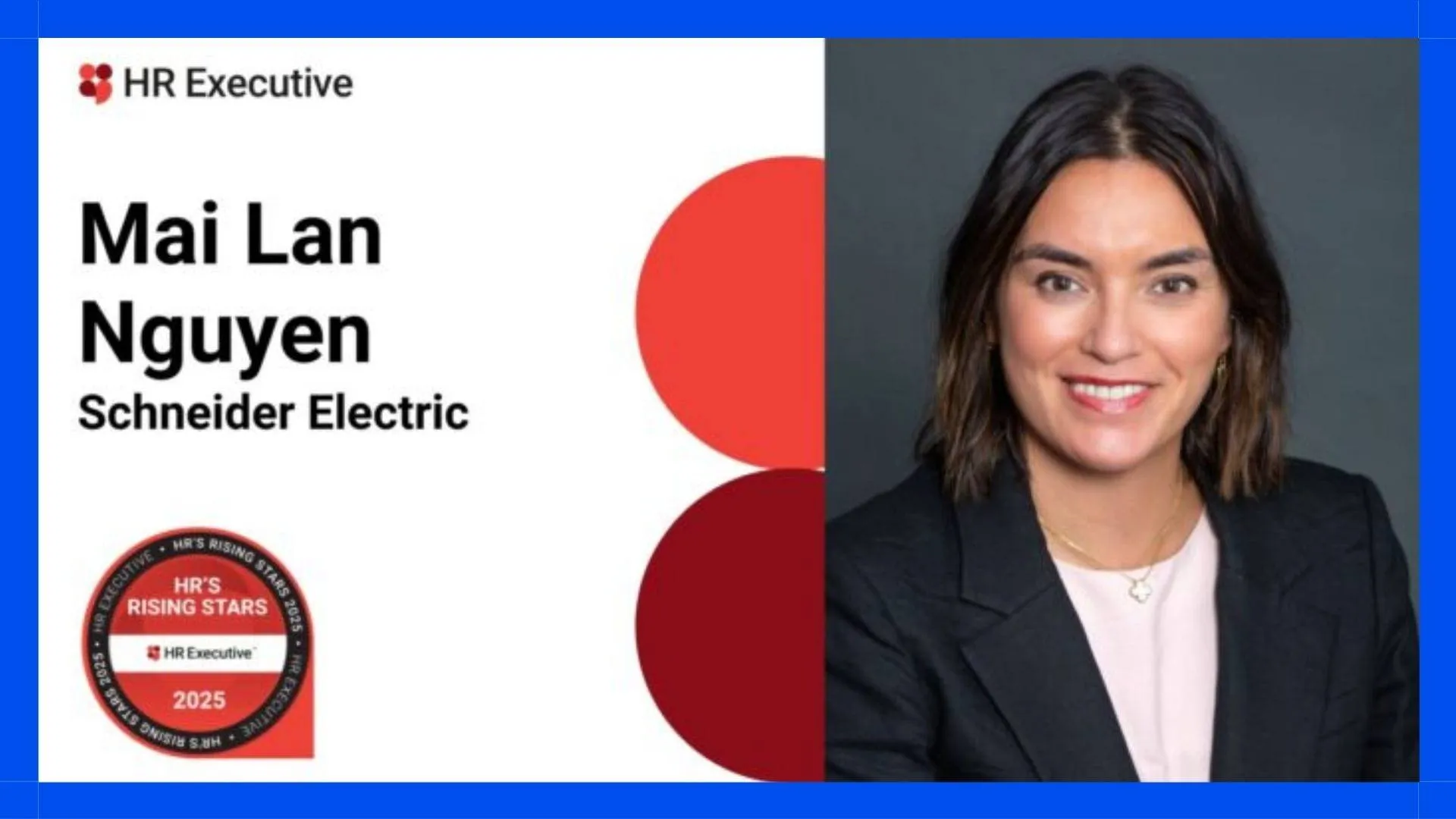
Schneider: Upskilling, Inclusion, and Internal Mobility
- Mai Lan Nguyen, Schneider Electric’s HR lead for North America, drives innovation with initiatives like an AI Upskilling Program, Open Talent Marketplace (92% enrolled, 35% mobility lift), and Recharge Breaks (12-week paid sabbaticals taken by 800+ employees).
- Her inclusive strategy includes returnships, veteran hiring, and Inclusion for Impact training for 400+ managers, contributing to <4% voluntary turnover and record engagement scores.
- Internal mobility, flexible work, and culture efforts like One Team and Return to People show how HR can scale with empathy and impact.
📝 Prompt: Run a 30-minute HR innovation audit. Where can you pilot an internal talent platform, flexible benefit, or inclusive development program that addresses both business needs and employee wellbeing?
COURAGEOUS LEADERSHIP

HBR: Everyday Courage in Leadership
- Everyday courage is a practiced leadership skill, not a one-time heroic act. Alex Budak outlines six types: moral, social, emotional, intellectual, creative, and physical—each tied to real workplace risks and outcomes.
- Examples range from challenging groupthink to testing bold product ideas, showing how courage builds psychological safety, strategic clarity, and trust.
- Leaders can build courage with tools like if/then ethical statements, contrarian roles, emotion check-ins, and low-risk innovation pilots.
📝 Prompt: Pick one type of courage. In your next meeting, name a doubt, share a value, or invite dissent. Then note how your team responds—and repeat to build a culture of trust.
CULTURE & ACCOUNTABILITY
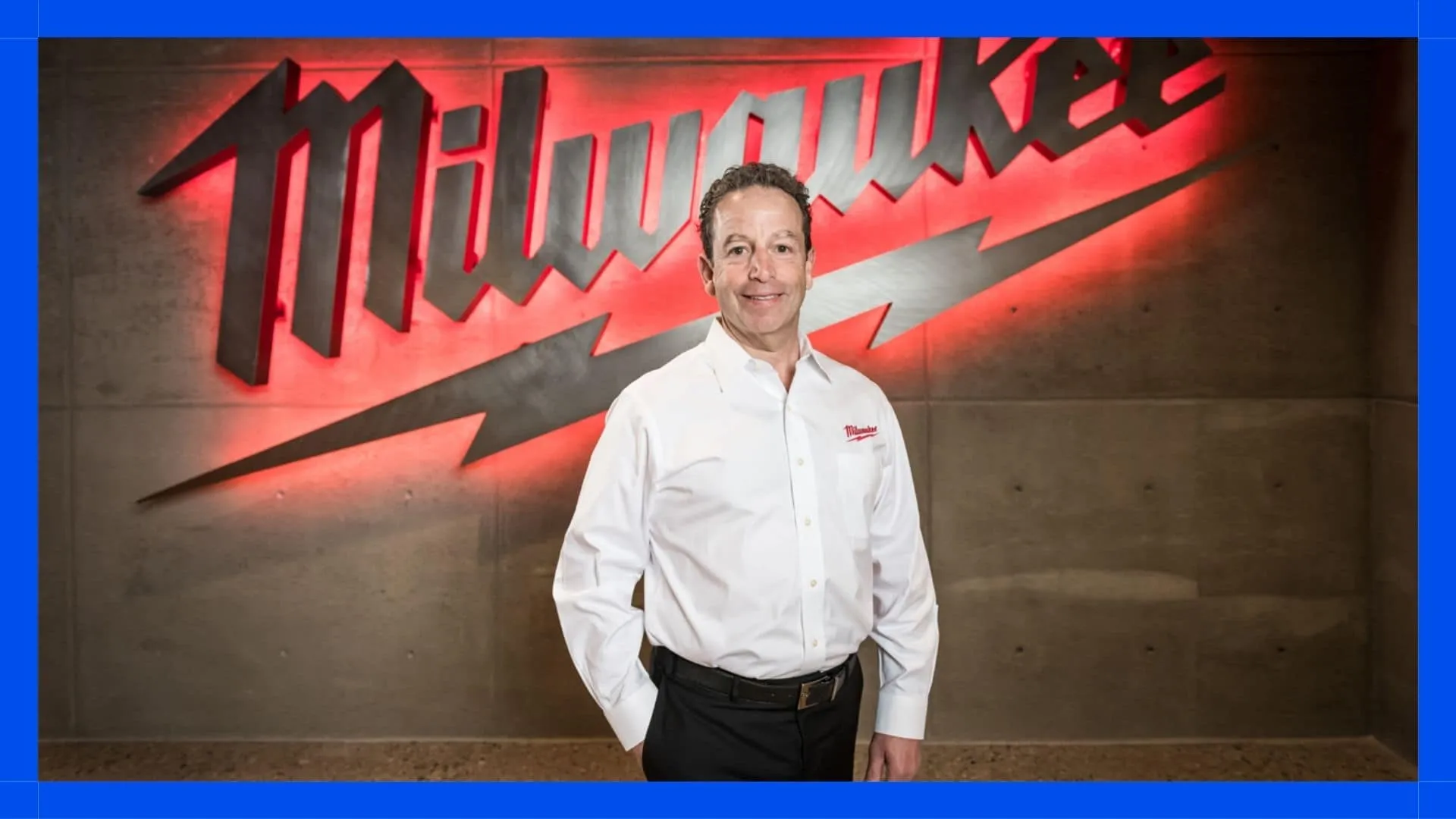
MITSloan: Extreme Ownership Builds Great Culture
- Milwaukee Tool grew revenue double digits for nearly 20 years by aligning clear strategy with a culture of agility, ownership, and candor.
- CEO Steve Richman redefined empowerment as “extreme ownership”, where employees take initiative and accountability, not unchecked freedom.
- Candid discussion of failure is key — teams must raise issues early, own outcomes, and rally to fix problems without blame or hiding.
📝 Prompt: Hold a “culture clarity” session: How does your team define empowerment? Is there strategic alignment behind autonomy? Where can candor be made safer and more useful?
AI ORG STRUCTURE
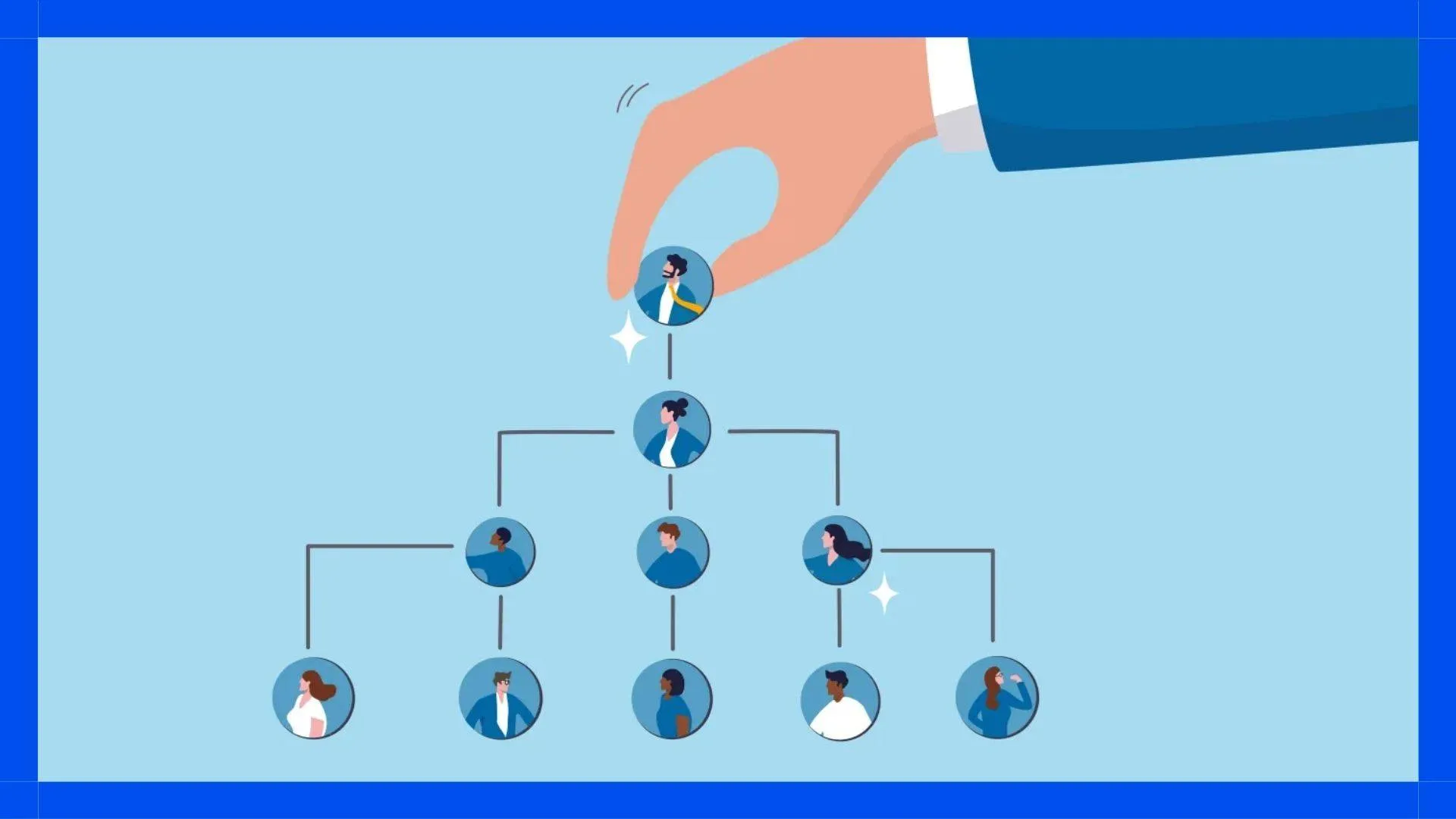
The Great Flattening Begins
- Companies like Amazon, Moderna, and McKinsey are flattening their orgs by merging functions and using AI agents to replace execution roles. One team of 10 was replaced with a 3-person unit + AI.
- New roles like Chief AI Officer are emerging, while middle managers face redefinition, not extinction. The orchestration layer will require AI fluency and soft skills.
- Traditional hierarchies are shifting into human-agent networks, where structure is fluid and tasks—not titles—shape roles.
📝 Prompt: Review your team’s structure. Which tasks can AI handle, and which need human orchestration? Start mapping roles to functions.
🔥 QUICK READ:
- OpenAI Bets Big on GPT-5: OpenAI launched GPT-5, its most powerful and accurate AI model yet, aiming to reclaim leadership in the intense global AI race. Despite strong revenue growth and user adoption, internal tension, rival competition, and regulatory challenges could test OpenAI’s dominance.
- Micromanagement from the White House: President Trump has moved from tariffs and incentives to publicly directing corporate leadership, calling for Intel CEO Lip-Bu Tan to resign and pushing companies to adjust pricing, sourcing, and even DEI programs. His administration is leveraging executive orders, tariff threats, and federal funding to shape decisions on drug pricing, semiconductor strategy, and mergers. Corporate leaders who once relied on flattery and splashy pledges now face a new risk: sudden public targeting if their actions or alliances displease the president.
Your Friday Briefing on the Future of Work
Future Work delivers research-backed insights, expert takes, and practical prompts—helping you and your team capture what matters, build critical skills, and grow into a future-ready force.
Get all-in-one coverage of AI, leadership, middle management, upskilling, DEI, geopolitics, and more.
Unsubscribe anytime. No spam guaranteed.

